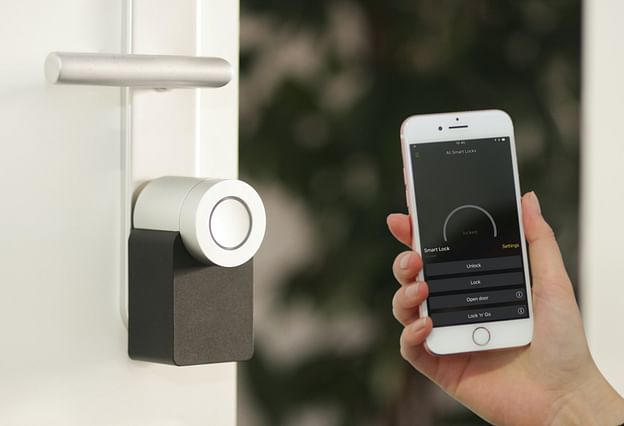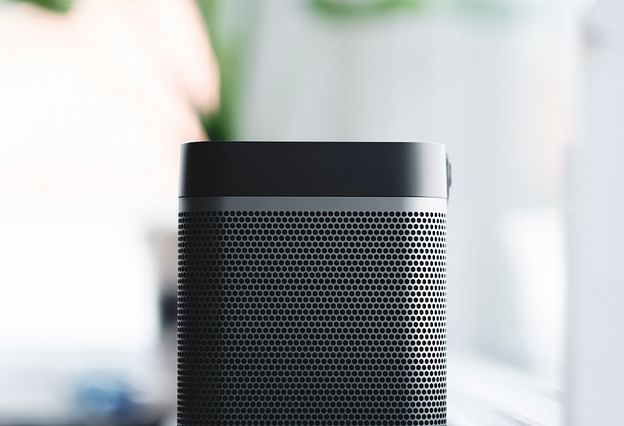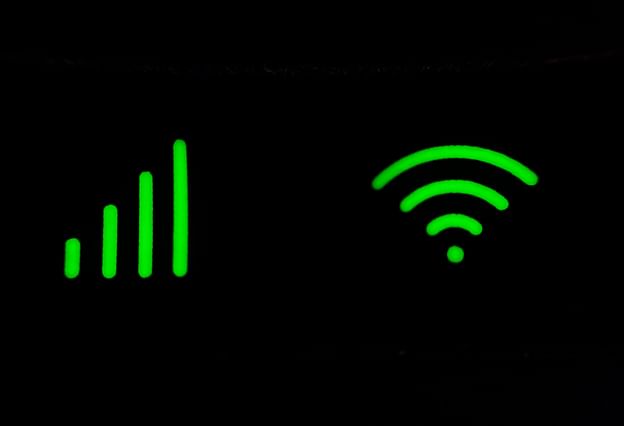Home automation idea: Smart Home Fans and Ceiling Fans - The Future of Cooling Your Home
When most people think about home automation, they think about smart thermostats, lighting controls, or security systems. However, there is another essential element to making your home more efficient and comfortable: your cooling system. Though central air conditioning has been the go-to solution for decades, it can be incredibly expensive to install, run, and maintain. Fortunately, there is another way to cool your home that is getting smarter and more energy-efficient all the time - smart home fans and ceiling fans.
Why Choose Smart Home Fans and Ceiling Fans?
Smart home fans and ceiling fans can be a lot cheaper and easier to install than air conditioning. If you have an older home or live in an area with mild summers, central air conditioning may not be necessary, but you still need a way to stay comfortable when the mercury starts to rise. Smart home fans and ceiling fans are the perfect solution for these homes because they can be easily installed and operated using your home automation system. Plus, ceiling fans are a timeless and stylish addition to any home.
Another reason to choose smart home fans and ceiling fans over air conditioning is energy efficiency. Air conditioning units can be one of the most expensive appliances in your home to run, especially during peak summer weather, but ceiling fans use significantly less energy. According to the U.S. Department of Energy, ceiling fans use only 10% of the energy of air conditioning. For homeowners who are looking to reduce their carbon footprint (and their utility bills), smart home fans and ceiling fans are the way to go.
How Smart Home Fans and Ceiling Fans Work
Smart home fans and ceiling fans don't just cool your home; they are designed to work with your home automation system to be as efficient and convenient as possible. Smart home fans can be programmed to turn on when someone enters a room or when the temperature reaches a certain level. They can also be controlled using an app on your smartphone or a voice assistant like Amazon Alexa, so you can turn them on and off without leaving your seat.
Ceiling fans, on the other hand, are typically controlled using a wall-mounted switch or a remote control. Some ceiling fans also come with a mobile app, so you can control them from your phone or tablet. When it comes to cooling your home, ceiling fans are designed to move air around the room, creating a wind-chill effect that can make you feel several degrees cooler without actually changing the temperature of the room.
Features of Smart Home Fans and Ceiling Fans
Smart home fans and ceiling fans come in a variety of styles and designs, so you can choose the perfect one for your home. Here are some features to consider when shopping for a smart home fan or ceiling fan:
Smart Home Fans
App control: Make adjustments to your fan speed, direction, or schedule from your smartphone or tablet.
Voice control: If you have a voice assistant like Amazon Alexa or Google Assistant, you can control your fan with voice commands.
Room-based controls: Set up your smart home fans to turn on and off automatically when you enter or leave a room.
Temperature sensors: Some smart home fans use temperature sensors to automatically adjust their speed based on the temperature of the room.
Ceiling Fans
Size: Choose the right size ceiling fan for your room; fans that are too small won't effectively cool the space, while fans that are too large can overpower the room.
Blade pitch: Look for a ceiling fan with a blade pitch between 12-15 degrees. This angle will create the perfect amount of airflow without creating too much noise.
Reversible blades: Choose a ceiling fan with reversible blades that can switch direction between summer and winter, helping you save energy and reduce heating costs.
Integrated lighting: Some ceiling fans come with integrated lighting that can double as a stylish and functional feature in your home.
Getting Started with Smart Home Fans and Ceiling Fans
If you're ready to upgrade your home cooling system with smart home fans or ceiling fans, there are a few things you should consider. First, determine where you want to install your fans; ceiling fans should be mounted in the middle of a room for maximum airflow, while smart home fans can be placed anywhere you need them. Then, look for fans that can be integrated with your existing home automation system, or purchase fans that come with their own mobile apps and voice assistant compatibility.
Once you've decided on your fans, it's time to install them. Installing ceiling fans can be tricky, so you may want to hire a professional electrician. Smart home fans are generally easier to install, but you may still need to mount them properly and connect them to your home WiFi network.
With your fans installed, it's time to start enjoying the benefits of increased energy efficiency, lower utility bills, and a more comfortable home. Whether you choose smart home fans or ceiling fans, these cooling solutions are the perfect way to beat the summer heat while staying in control of your home automation system.





